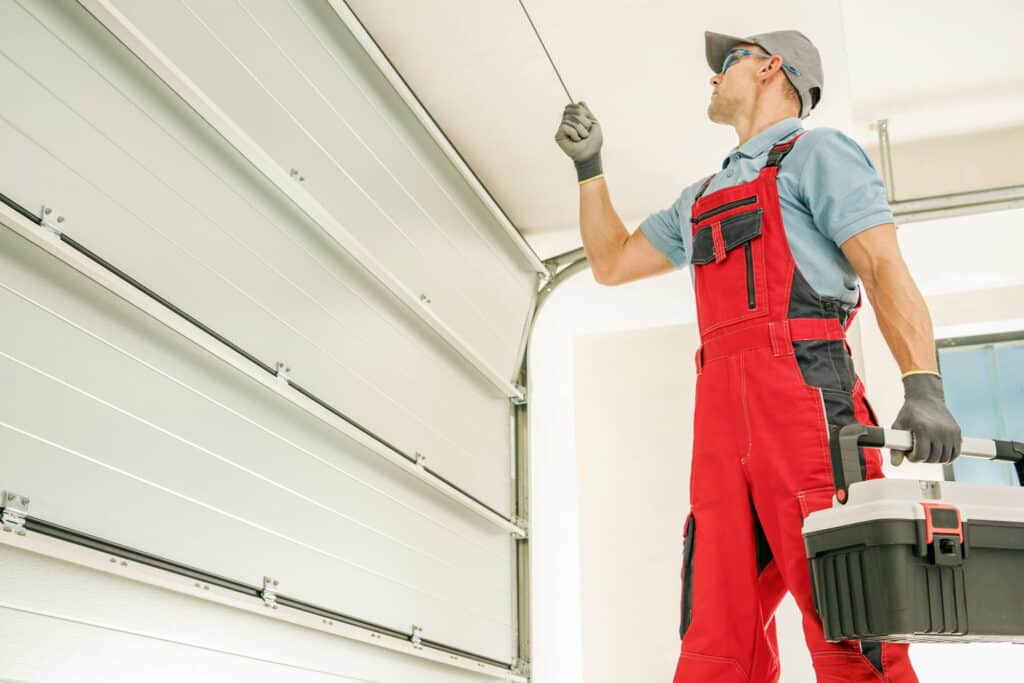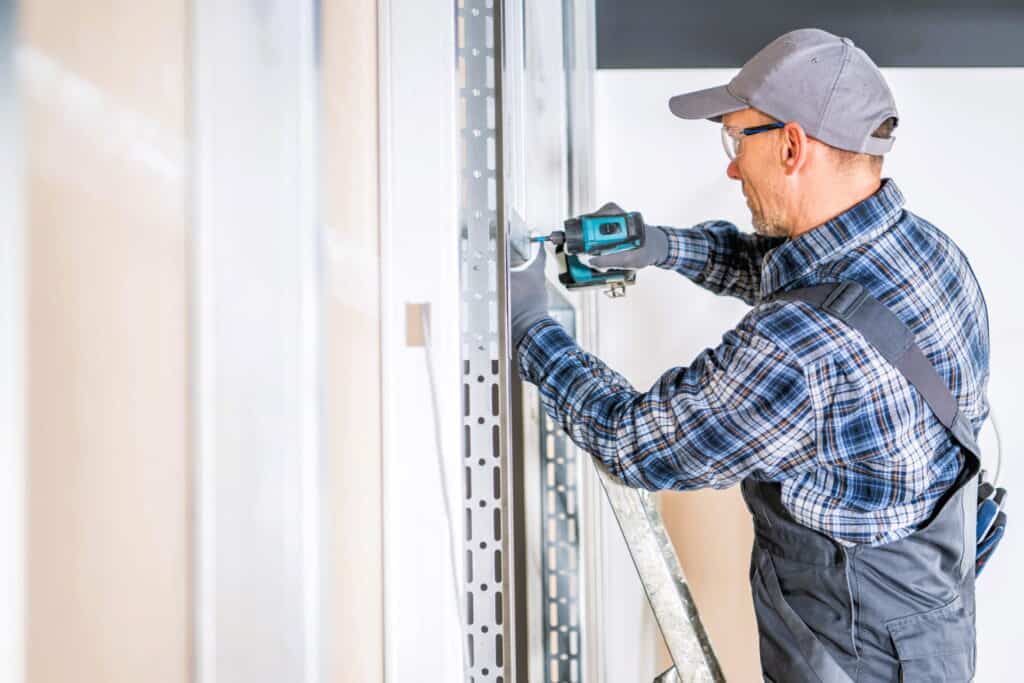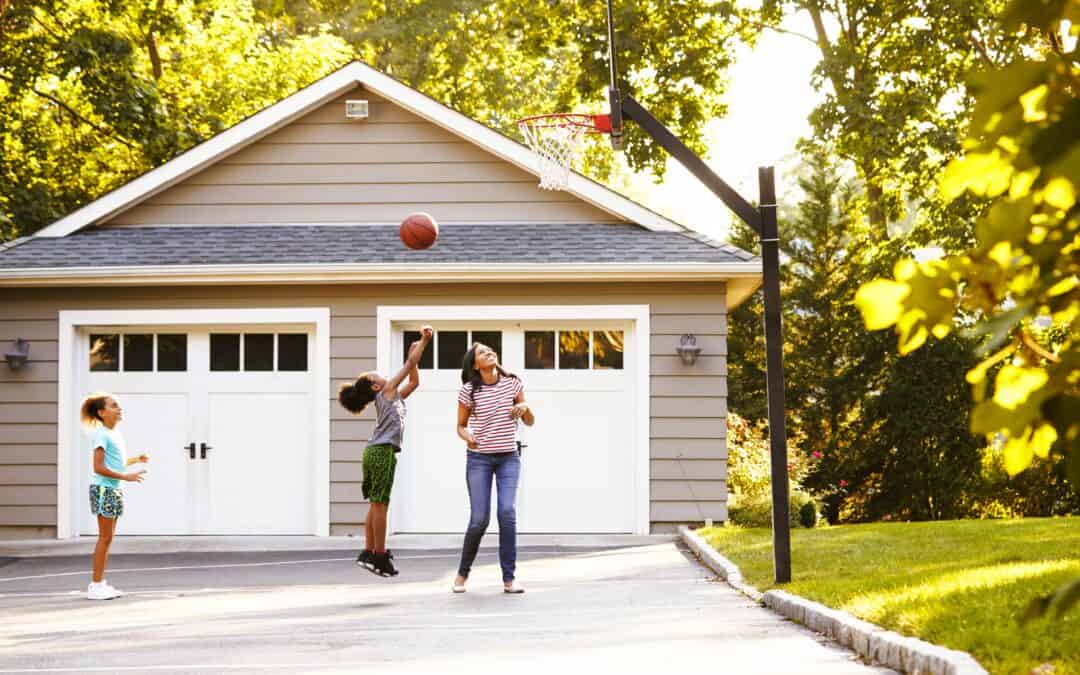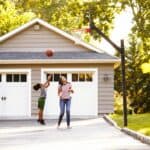Garage door problems can disrupt daily routines and often stem from overlooked maintenance or mechanical breakdowns. What appears to be a minor inconvenience can actually point to worn components, power loss, or alignment issues. Recognizing early signs makes a major difference in avoiding costly repairs. Slidell Garage Door Repair shares, “A door that hesitates, sticks, or refuses to move needs expert garage door repair before it causes more damage.”
1. Worn-Out Garage Door Springs
Springs hold most of the tension during operation and are under constant pressure. When they wear down or snap, the door becomes too heavy for the opener to lift. Homeowners might hear a loud bang or notice the door suddenly halting mid-way. Most springs are rated for 10,000 cycles, which equals around seven years of regular use.
- broken torsion or extension springs disable the lifting system
- doors may lift a few inches then stop completely
- a visible gap in the spring coil is a sign of breakage
2. Unresponsive Garage Door Opener
A garage door opener consists of a motor, drive mechanism, and electronic controls that all must work together. When any part of this system malfunctions, the opener may fail without warning. Signs often include humming noises, flashing lights, or a remote that no longer triggers action.
- damaged gears inside the opener can’t grip the chain or belt
- control board failures can block signals from both wall units and remotes
- outdated openers may lose sensitivity to newer remotes or codes
3. Misaligned Garage Door Tracks
The track system guides the rollers and must remain straight and secure. Even slight shifts can cause serious issues with opening or closing the door. Doors may grind, tilt to one side, or come to a complete stop if track alignment is off.
loose bolts or warped tracks cause side-to-side pressure
roller friction can wear down the edge of the door panel
alignment errors often develop slowly due to vibration or impact
4. Dirty or Dislodged Garage Sensors
Garage door safety sensors prevent the door from closing on objects or people. When they become misaligned, dirty, or disconnected, they can prevent the door from opening as well. Most modern openers blink or display a warning when this happens.
- dusty sensor lenses block the infrared beam
- misaligned sensors may stop the door even when the path is clear
- wire damage from pests or wear can shut down the sensor system
5. Weak Garage Door Remote Battery
Remote control units rely on consistent power to transmit signals to the opener. As batteries fade, the range and responsiveness of the remote diminish. Many users assume the opener is faulty when only the battery needs replacing.
- remote lights may still blink with a low battery, misleading users
- colder temperatures reduce battery performance
- checking with a second remote can rule out opener issues

6. Manual Release Pulled by Mistake
Every garage door includes a red emergency cord to allow manual operation during power loss. If pulled unintentionally, the door becomes disconnected from the opener and won’t respond to commands. Some models stay disengaged until reset.
- doors in manual mode slide freely but don’t move by remote
- the opener may run without lifting the door
- reconnection often requires lining up the carriage and track manually
7. Garage Circuit Breaker Tripped
Power supply disruptions are frequently misdiagnosed as mechanical failure. A tripped breaker or blown fuse disables the opener completely. Without visible signs, many homeowners overlook this simple fix.
- check all connected outlets for power before troubleshooting
- reset any GFCI-protected plugs near the garage
- inspect cords and surge protectors for signs of overheating
8. Garage Door Frozen to the Ground
Cold weather often causes the bottom seal to freeze onto the driveway, especially when moisture is present. The opener strains or stops entirely, which can burn out the motor if ignored. Manually loosening the seal is the safest option.
- apply heat gradually using warm water or a hair dryer
- avoid forcing the door to open when resistance is felt
- sealing gaps with proper weather stripping helps prevent freezing
9. Damaged Garage Door Cables
Cables assist with balanced lifting and bear weight evenly across the system. When a cable frays or snaps, the door may lift unevenly or get stuck. Sudden noises or sagging corners typically point to this issue.
- inspect both sides for cable slack or breakage
- check pulleys and drums for rust or wear
- never attempt to repair cables without proper training
10. Clutter Blocking Garage Door Movement
Garage clutter near the track or door threshold can block motion or trigger safety mechanisms. Even small tools, packaging, or sports gear may interfere with door sensors or path alignment.
- inspect both sides of the track for debris or shifting storage
- door sensors may misread harmless objects as obstacles
- items resting on the floor near the seal may cause premature stops

Key Takeaways on Common Garage Door Problems
Garage doors rely on coordination between springs, motors, tracks, and sensors. Each system plays a role in smooth, safe operation. When the door won’t open, the cause might be mechanical wear, electrical failure, or physical interference. Spotting early symptoms—like noises, stalling, or irregular movement—can prevent expensive repairs. Slidell Garage Door Repair recommends monthly visual inspections and immediate response to any unusual door behavior.
Frequently Asked Questions
Why does my garage door open a few inches and stop?
This usually means the spring is damaged or the opener force limit is improperly set.
Should I lubricate garage door tracks regularly?
Lubricate the rollers and hinges, not the tracks. Use a silicone-based product every six months.
Can a garage door remote stop working even if the light still flashes?
Yes, a flashing light doesn’t guarantee full signal strength. Replace the battery and try again.
Is it okay to pull the emergency cord anytime?
Yes, but always do so when the door is fully closed to prevent the door from dropping suddenly.
How do I prevent frozen seals in winter?
Keep the seal dry and use silicone lubricant along the bottom edge before low temperatures hit.







